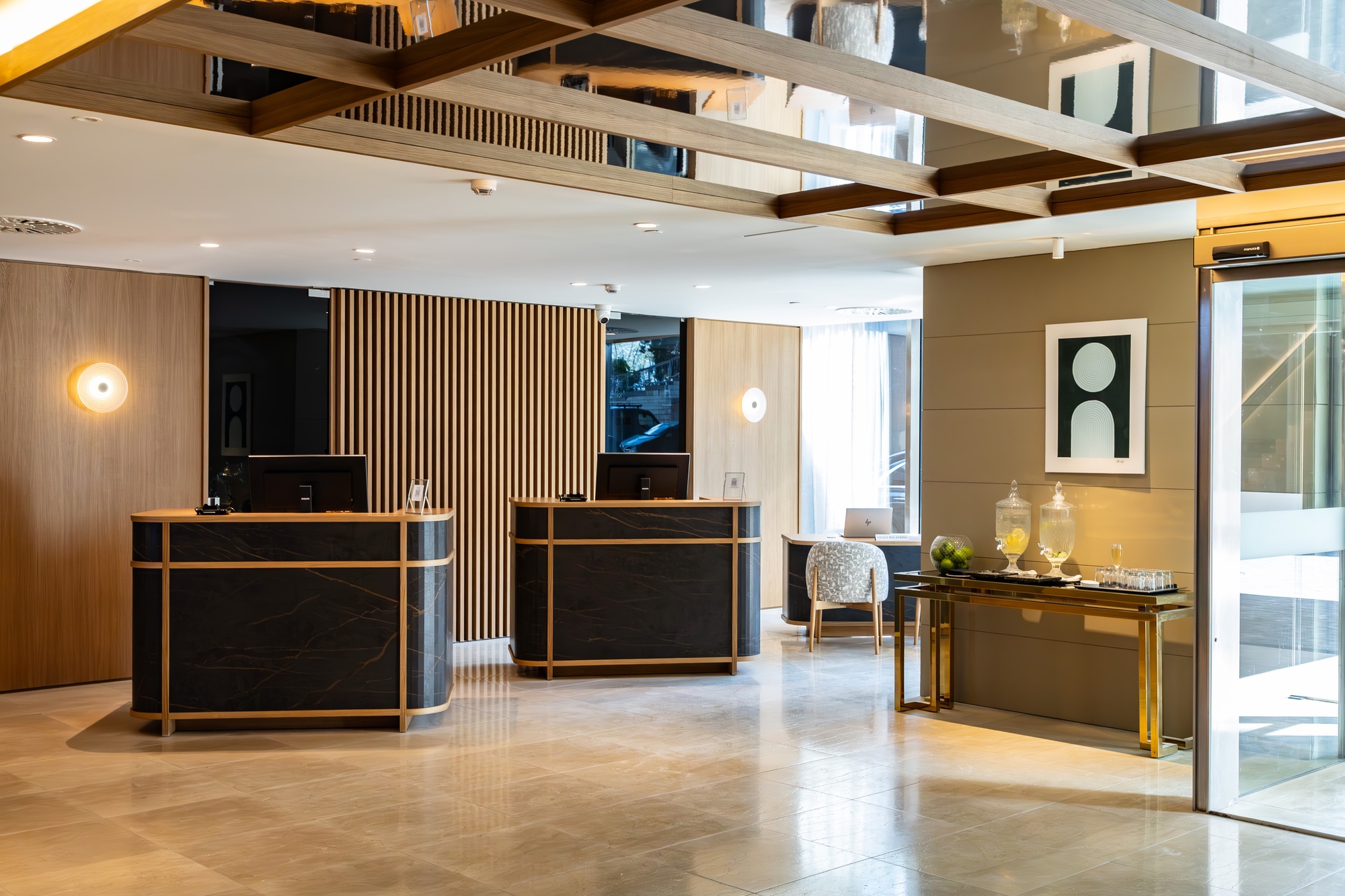First it was a restaurant, then a palace built for the Universal Exhibition of 1929 and before becoming the Hotel Miramar Barcelona as we know it today, the building was the headquarters in Barcelona of the central studios of TVE.
Televisión Español began its activity in 1956 and the first broadcasts were restricted to the area of the Spanish capital and nearby towns. Progressively, a plan was put in place to create territorial and production centres that transported the signal from the centre of Madrid to a network of repeaters.
Three years later, the central studios in Catalonia were created and located in the old Miramar restaurant, and from then on they began to be called Miramar Studios.
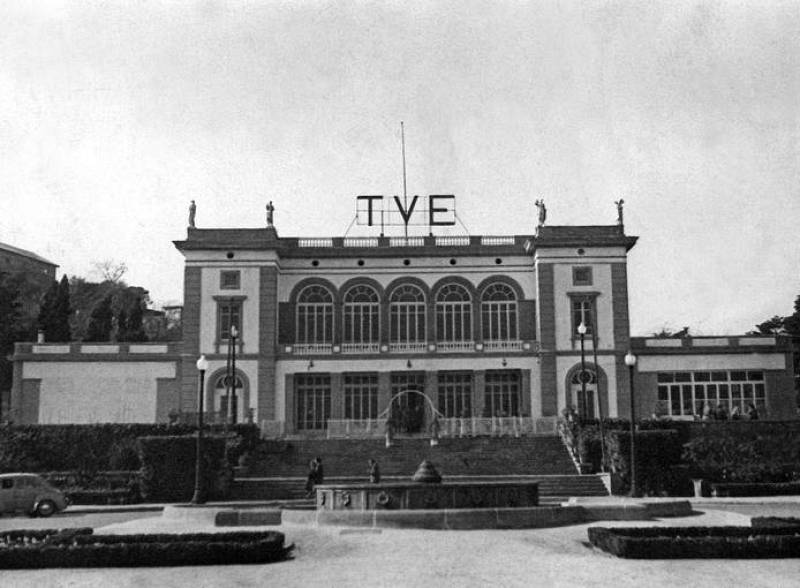
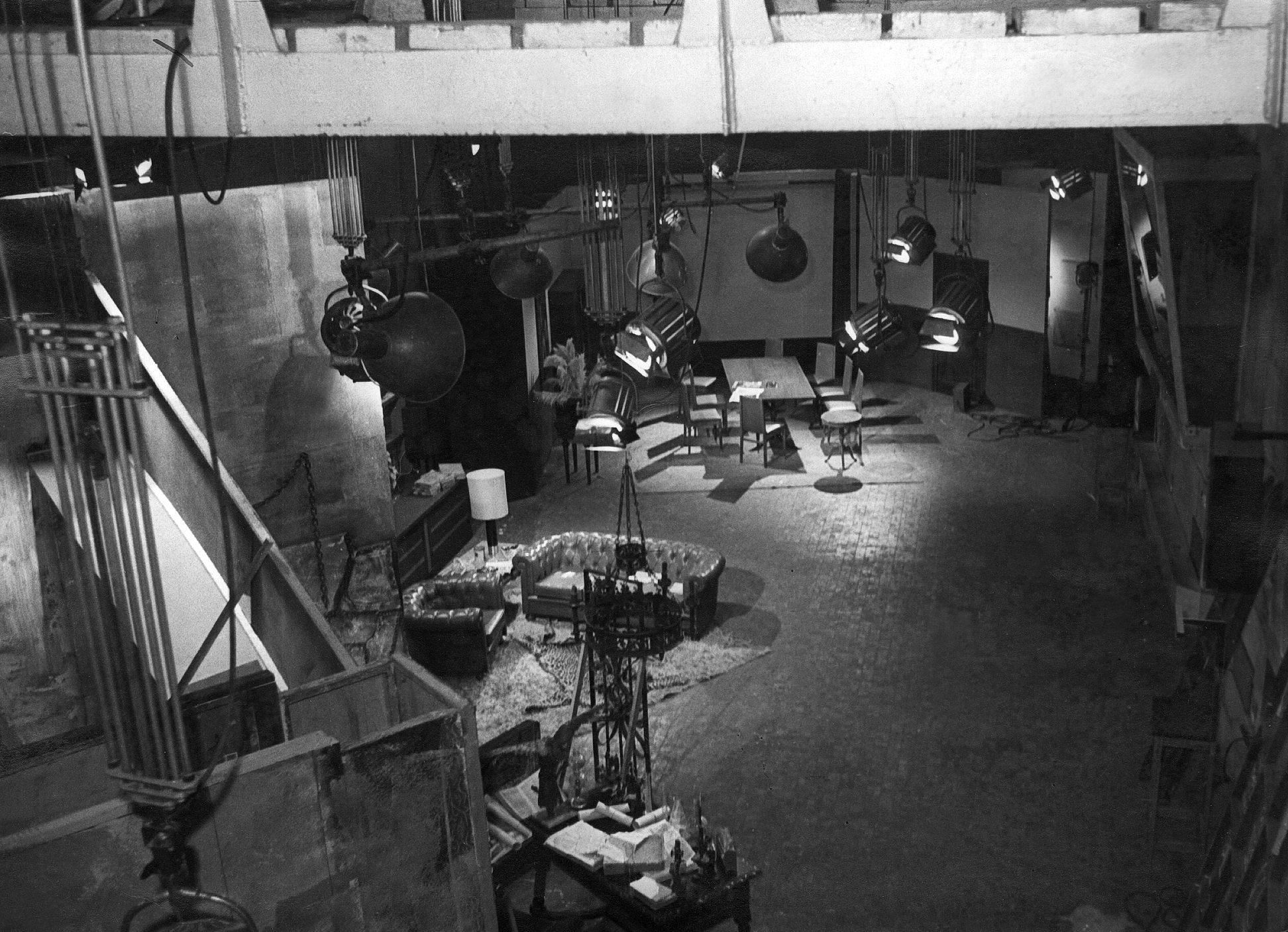
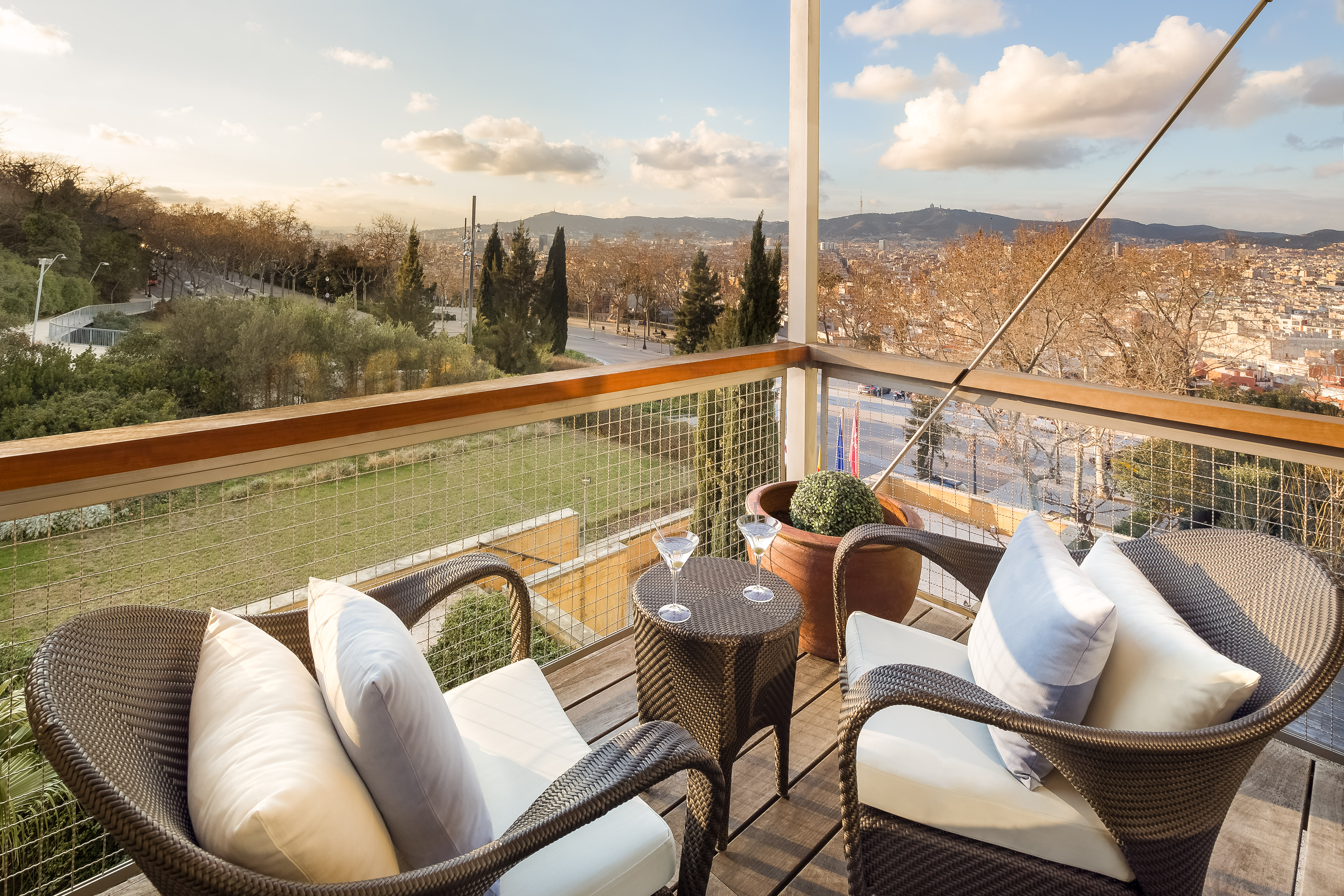
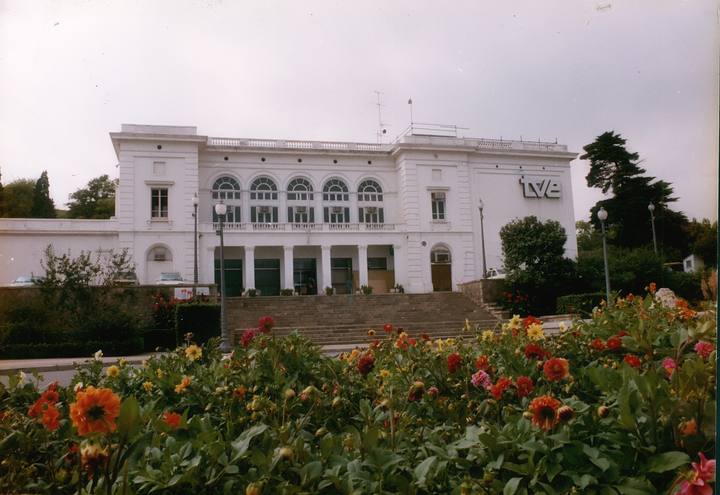
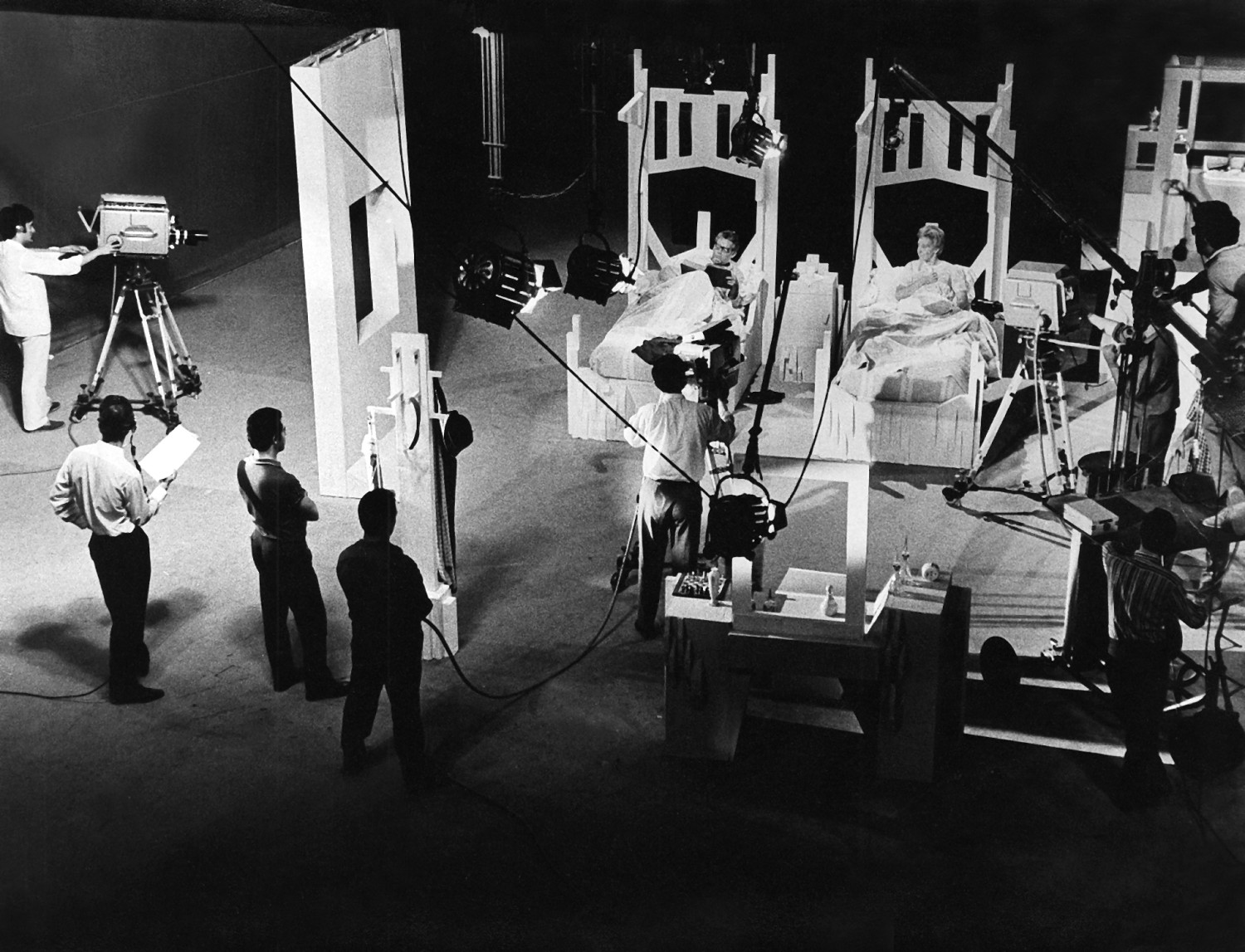
.png)

